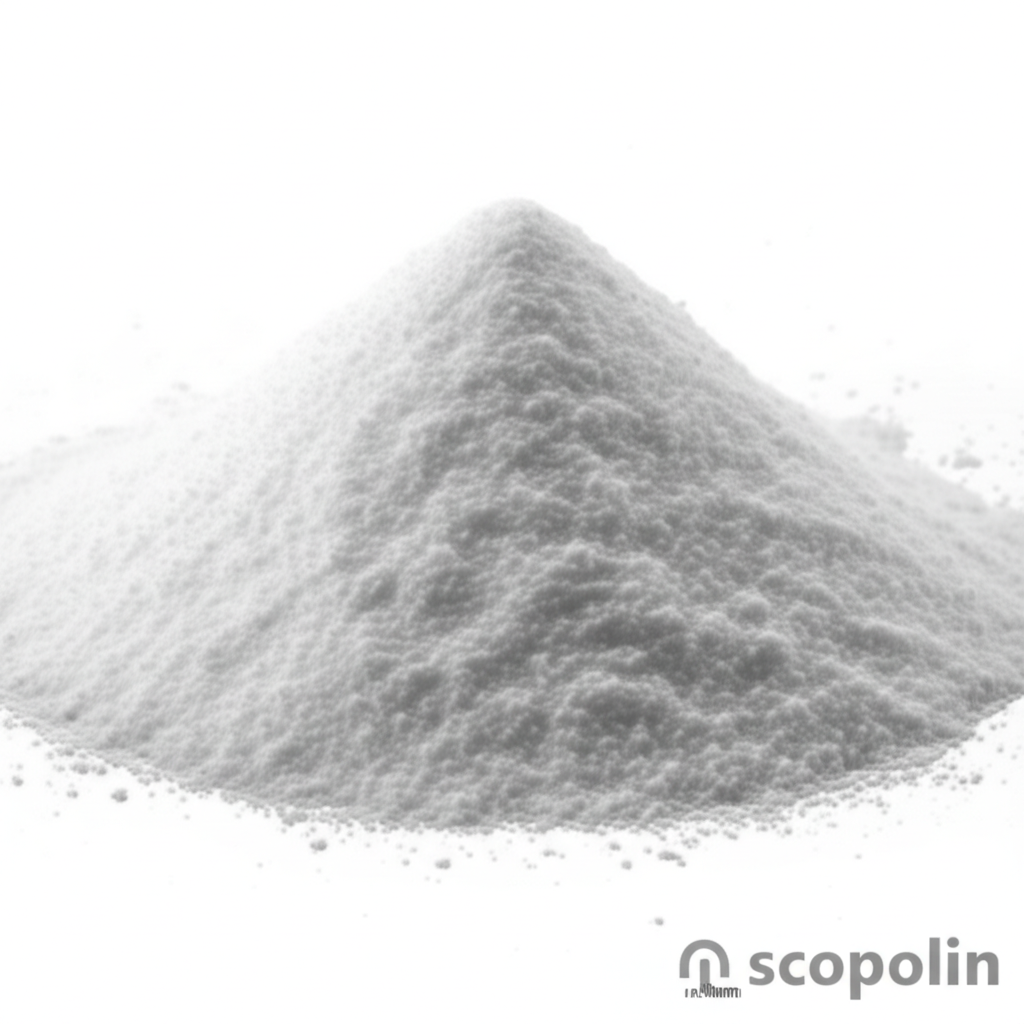Scopolin (CAS 531-44-2): A Potent Coumarin Glucoside for Advanced Research
Discover the anti-inflammatory and therapeutic potential of Scopolin, a key compound for cutting-edge scientific investigation.
Get a Quote & SampleProduct Core Value

Scopolin
Scopolin, identified by CAS 531-44-2, is a vital coumarin glucoside with significant anti-inflammatory activity. It plays a crucial role in plant defense mechanisms as a phytoalexin and is being investigated for its therapeutic applications.
- Leverage scopolin anti-inflammatory properties for novel therapeutic development.
- Explore the potential of scopolin osteoporosis treatment through detailed research.
- Investigate scopolin hepatic steatosis benefits in preclinical models.
- Understand the complex scopolin biosynthesis pathways for metabolic engineering.
Key Advantages of Scopolin
Advanced Anti-inflammatory Action
Scopolin is recognized for its ability to reduce inflammation, making it a valuable compound for research into inflammatory diseases and pain management, particularly in contexts related to the use of CAS 531-44-2 biochemicals.
Therapeutic Potential in Chronic Diseases
Studies suggest scopolin osteoporosis treatment and its positive effects on hepatic steatosis, highlighting its broad therapeutic scope for chronic conditions.
Natural Plant Defense Agent
As a phytoalexin, scopolin offers insights into plant defense mechanisms and could be foundational for developing natural compounds that enhance crop resilience, a key aspect of scopolin plant defense mechanism research.
Key Applications
Inflammation Research
Utilizing scopolin for its known anti-inflammatory effects to understand disease pathways and develop new treatments.
Bone Health Studies
Investigating scopolin's role in preventing bone mineral density loss for potential scopolin osteoporosis treatment applications.
Metabolic Disorder Research
Examining scopolin's impact on hepatic steatosis to explore new avenues for metabolic disease management.
Agricultural Biotechnology
Studying scopolin biosynthesis and its function as a phytoalexin to enhance plant immunity and stress resistance.
